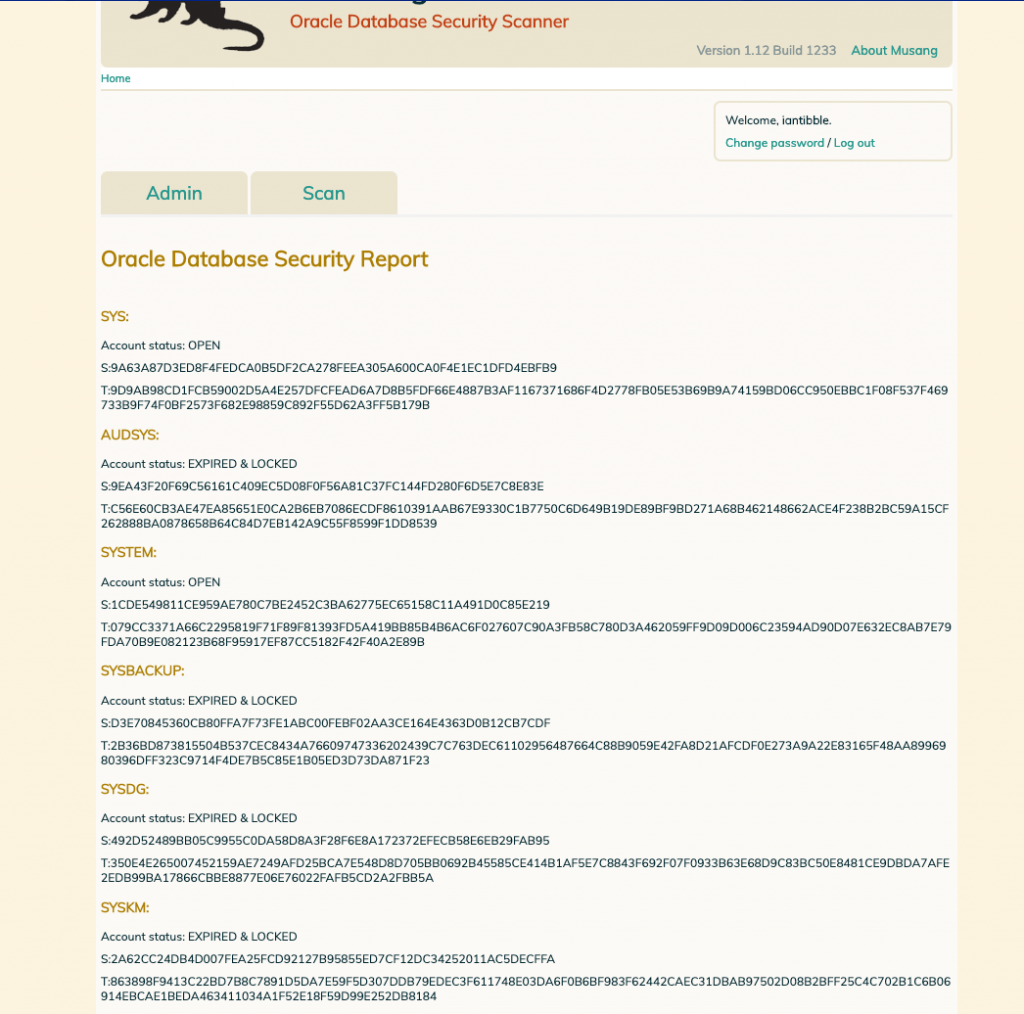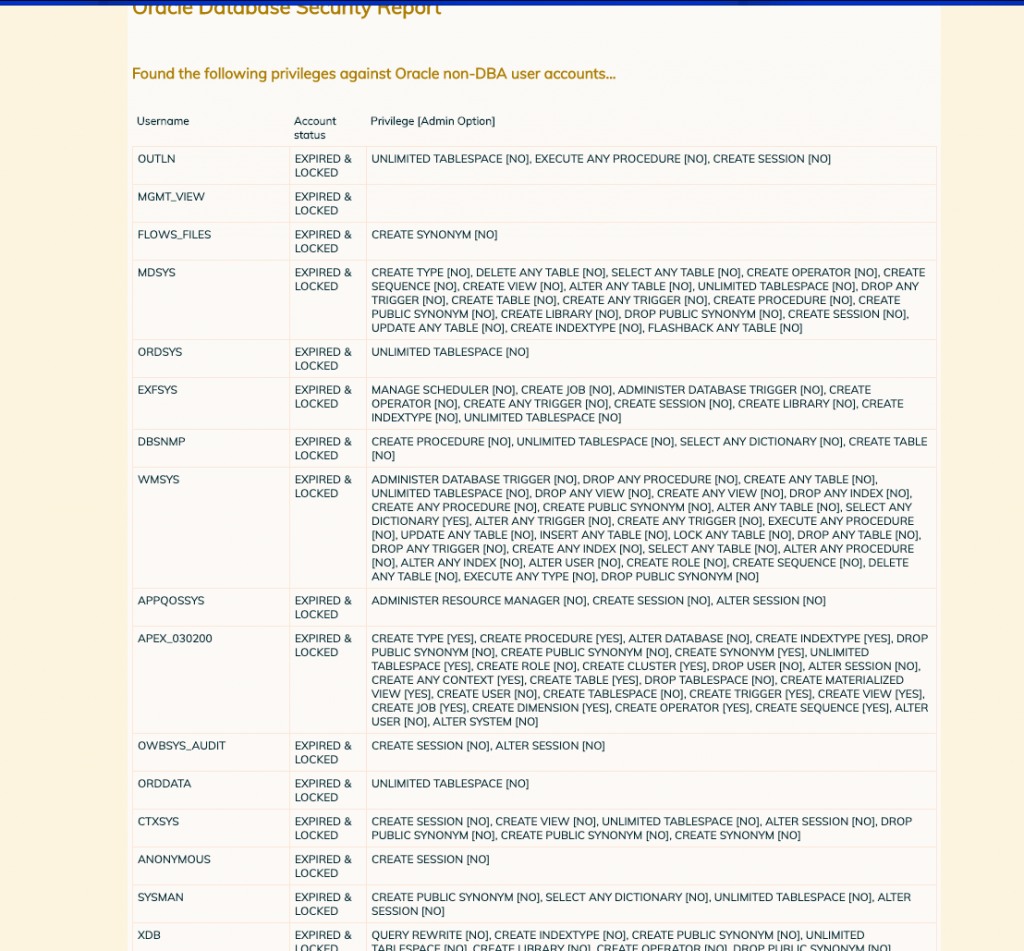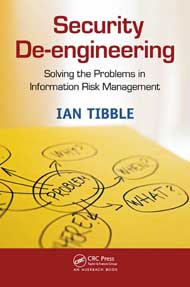- Prologue – covers the overall challenge at a high level
- Part One – Recruiting and Interviews
- Part Two – Threat and Vulnerability Management – Application Security
- Part Three – Threat and Vulnerability Management – Other Layers
- Part Four – Logging
- Part Five – Cryptography and Key Management, and Identity Management
- Part Six – Trust (network controls, such as firewalls and proxies), and Resilience
Threat and Vulnerability Management (TVM) – Application Security
This part covers some high-level guider points related to the design of the application security side of TVM (Threat and Vulnerability Management), and the more common pitfalls that plague lots of organisations, not just fintechs. I won’t be covering different tools in the SAST or DAST space apart from one known-good. There are some decent SAST tools out there but none really stand out. The market is ever-changing. When i ask vendors to explain what they mean by [new acronym] what usually results is nothing, or a blast of obfuscation. So I’m not here to talk about specific vendor offerings, especially as the SAST challenge is so hard to get even close to right.
With vulnerability management in general, ${VENDOR} has succeeded in fouling the waters by claiming to be able to automate vulnerability management. This is nonsense. Vulnerability assessment can to some limited degree be automated with decent results, but vulnerability management cannot be automated.
The vulnerability management cycle has also been made more complicated by GRC folk who will present a diagram representing a cycle with 100 steps, when really its just assess –> deduce risk –> treat risk –> GOTO 1. The process is endless, and in the beginning it will be painful, but if handled without redundant theory, acronyms-for-the-sake-of-acronyms-for-the-same-concept-that-already-has-lots-of-acronyms, rebadging older concepts with a new name to make them seem revolutionary, or other common obfuscation techniques, it can be easily integrated as an operational process fairly quickly.
The Dawn Of Application Security
If you go back to the heady days of the late 90s, application security was a thing, it just wasn’t called “application security”. It was called penetration testing. Around the early 2000s, firewall configurations improved to the extent that in a pen test, you would only “see” port 80 and/or 443 exposing a web service on Apache, Internet Information Server, or iPlanet (those were the days – buffer overflow nirvana). So with other attack channels being closed from the perimeter perspective, more scrutiny was given to web-based services.
Attackers realised you can subvert user input by intercepting it with a proxy, modifying some fields, perhaps inject some SQL or HTML, and see output that perhaps you wouldn’t expect to see as part of the business goals of the online service.
At this point the “application security” world was formed and vulnerabilities were classified and given new names. The OWASP Top Ten was born, and the world has never been the same since.
SAST/DAST
More acronyms have been invented by ${VENDOR} since the early early pre-holocene days of appsec, supposedly representing “brand new” concepts such as SAST (Static Application Security Testing) and DAST (Dynamic Application Security Testing), which is the new equivalent of white box and black box testing respectively. The basic difference is about access to the source code. SAST is source code testing while DAST is an approach that will involve testing for OWASP type vulnerabilities while the software is running and accepting client connection requests.
The SAST scene is one that has been adopted by fintechs in more recent times. If you go back 15 years, you would struggle to find any real commercial interest in doing SAST – so if anyone ever tells you they have “20” or even “10” years of SAST experience, suggest they improve their creativity skills. The general feeling, not unjustified, was that for a large, complex application, assessing thousands of lines of source code at a vital organ/day couldn’t be justified.
SAST is more of a common requirement these days. Why is that? The rise of fintechs, whose business is solely about generation of applications, is one side of it, and fintechs can (and do) go bust if they suffer a breach. Also – ${VENDOR}s have responded to the changing Appsec landscape by offering “solutions”. To be fair, the offerings ARE better than 10 years ago, but it wouldn’t take much to better those Hello World scripts. No but seriously, SAST assessment tools are raved about by Gartner and other independent sources, and they ARE better than offerings from the Victorian era, but only in certain refined scenarios and with certain programming languages.
If it was possible to be able to comprehensively assess lots of source code for vulnerability and get accurate results, then theoretically DAST would be harder to justify as a business undertaking. But as it is, SAST + DAST, despite the extensive resources required to do this effectively, can be justified in some cases. In other cases it can be perfectly fine to just go with DAST. It’s unlikely ever going to be ok to just go with SAST because of the scale of the task with complex apps.
Another point here – i see some fintechs using more than one SAST tool, from different vendors. There’s usually not much to gain from this. Some tools are better with some programming languages than others, but there is nothing cast in stone or any kind of majority-view here. The costs of going with multiple vendors is likely going to be harder and harder to justify as time goes on.
Does Automated Vulnerability Assessment Help?
The problem of appsec is still too complex for decent returns from automation. Anyone who has ever done any manual testing for issues such as XSS knows the vast myriad of ways in which such issues can be manifested. The blackbox/blind/DAST scene is still not more than Burp, Dirbuster, but even then its mostly still manual testing with proxies. Don’t expect to cover all OWASP top 10 issues for a complex application that presents an admin plus a user interface, even in a two-week engagement with four analysts.
My preferred approach is still Fred Flinstone’y, but since the automation just isn’t there yet, maybe its the best approach? This needs to happen when an application is still in the conceptual white board architecture design phase, not a fully grown [insert Hipster-given-name], and it goes something like this: white board, application architect – zero in on the areas where data flows involve transactions with untrusted networks or users. Crpyto/key management is another area to zoom in on.
Web Application Firewall
The best thing about WAFs, is they only allow propagation of the most dangerous attacks. But seriously, WAF can help, and in some respects, given the above-mentioned challenges of automating code testing, you need all the help you can get, but you need to spend time teaching the WAF about your expected URL patterns and tuning it – this can be costly. A “dumb” default-configured WAF can probably catch drive-by type issues for public disclosed vulnerabilities as long as you keep it updated. A lot depends on your risk profile, but note that you don’t need a security engineer to install a WAF and leave it in default config. Pretty much anyone can do this. You _do_ need an experienced security engineer or two to properly understand an application and configure a WAF accordingly.
Python and Ruby – Web Application Frameworks
Web application frameworks such as Ruby on Rails (RoR) and Django are in common usage in fintechs, and are at least in some cases, developed with security in mind in that they do offer developers features that are on by default. For example, with Django, if you design a HTML form for user input, the server side will have been automagically configured with the validation on the server side, depending on the model field type. So an email address will be validated client and server-side as an email address. Most OWASP issues are the result of failures to validate user input on the server side.
Note also though that with Django you can still disable HTML tag filtering of user input with a “| safe” in the template. So it’s dangerous to assume that all user input is sanitised.
In Django Templates you will also see a CSRF token as a hidden form field if you include a Form object in your template.
The point here is – the root of all evil in appsec is server-side validation, and much of your server-side validation effort in development will be covered by default if you go with RoR or Django. That is not the end of the story though with appsec and Django/RoR apps. Vulnerability of the host OS and applications can be problematic, and it’s far from the case that use of either Django or RoR as a dev framework eliminates the need for DAST/SAST. However the effort will be significantly reduced as compared to the C/Java/PHP cases.
Wrap-up
Overall i don’t want to too take much time bleating about this topic because the take away is clear – you CAN take steps to address application security assessment automation and include the testing as part of your CI/CD pipeline, but don’t expect to catch all vulnerabilities or even half of what is likely an endless list.
Expect that you will be compromised and plan for it – this is cheaper than spending zillions (e.g. by going with multiple SAST tools as i’ve seen plenty of times) on solving an unsolvable problem – just don’t let an incident result in a costly breach. This is the purpose of security architecture and engineering. It’s more to deal with the consequences of an initial exploit of an application security fail, than to eliminate vulnerability.

 Whenever you are trying to build something complex with lots of moving parts, architecture is used to reduce the problem down to a manageable size, and help to build good practices in risk management. The end goal is protective monitoring of an infrastructure that is built with requirements for meeting both risk and compliance challenges.
Whenever you are trying to build something complex with lots of moving parts, architecture is used to reduce the problem down to a manageable size, and help to build good practices in risk management. The end goal is protective monitoring of an infrastructure that is built with requirements for meeting both risk and compliance challenges.





